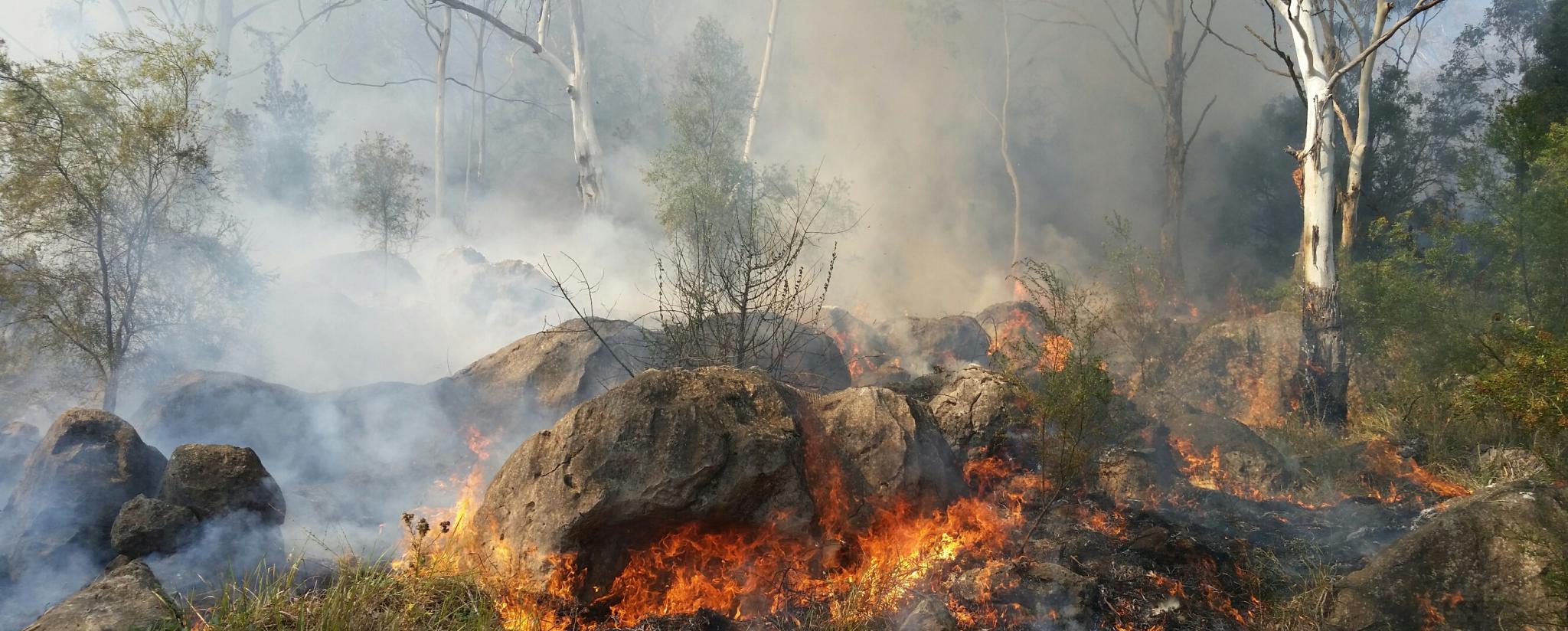Planning for Safety: Creating an Efficient Bushfire Management Plan
Planning for Safety: Creating an Efficient Bushfire Management Plan
Blog Article
Crucial Tips for Bushfire Management to Guarantee Fire Protection

Comprehending Bushfire Risk Levels
Comprehending the varying degrees of bushfire threat is crucial for effective preparation and prep work in mitigating prospective dangers to lives and residential or commercial properties. Bushfire risk levels are normally classified based upon elements such as climate condition, fuel schedule, topography, and historical fire behavior. By understanding these threat degrees, areas and people can proactively apply approaches to decrease susceptability and boost strength when faced with possible bushfire events.
The first level of bushfire danger is low risk, where the likelihood of a bushfire occurring and causing substantial damage is minimal. Risky degrees indicate a considerable risk, with problems conducive to fast fire spread and severe fire habits.
Comprehending these bushfire danger levels enables stakeholders to tailor their preparedness and response activities as necessary, guaranteeing a reliable and positive strategy to bushfire management.
Developing a Defensible Room
Efficient bushfire management begins with establishing a defensible space around homes to improve defense versus prospective fire risks. A defensible room is a buffer area that creates a barrier in between a structure and the surrounding combustible vegetation. This area functions as a crucial line of protection, offering firefighters a risk-free location to operate and helping to minimize the risk of a fire infecting the home.
When establishing a defensible area, it is vital to think about the layout of the building and the surrounding landscape. Clearing up greenery, particularly extremely combustible plants, within a particular radius of the building can aid prevent the fast spread of fires. Additionally, keeping a well-irrigated zone around the residential property can additionally boost its defensibility.
Regular upkeep of the defensible area is critical to ensure its performance. This includes trimming looming branches, getting rid of dead plants, and keeping the area without debris. By spending effort and time right into creating and maintaining a defensible room, residential or commercial property owners can considerably boost their opportunities of safeguarding their homes and properties during a bushfire.
Carrying Out Fireproof Landscape Design
When developing landscapes to alleviate the risk of bushfires, integrating fire-resistant aspects is important for enhancing property defense and lowering fire risks. Executing fire-resistant landscape design includes calculated preparation to develop a defensible room around structures. Start by selecting fire-resistant plant varieties that are less likely to ignite and produce lower degrees of combustible materials. Select plants with high dampness content, reduced oil material, and very little dead plant life to decrease the danger of fire spread. In addition, keep appropriate spacing between plants and maintain them correctly trimmed to protect against fire from quickly leaping in between greenery.

Developing an Emergency Situation Emptying Plan
Developing a thorough emergency discharge plan is critical for making sure the security and well-being of people throughout possible bushfire occurrences (BAL Report). An effective discharge plan should detail clear procedures to adhere to in the event of a bushfire threat, including designated emptying courses, assembly points, and communication methods
To start creating an emergency evacuation strategy, it is important to analyze the particular threats and vulnerabilities of your place. Determine numerous discharge courses that result in safe locations far from the fire, thinking about factors such as surface, roadway ease of access, and possible dangers. Establish communication channels to alert citizens of an approaching emptying, utilizing methods such as sirens, this page message signals, or door-to-door notifications.
On a regular basis review and practice the emptying strategy with all residents or neighborhood participants to ensure everyone comprehends their obligations click here for info and functions. Conduct drills to examine the effectiveness of the strategy and make any type of necessary adjustments. By having a well-prepared evacuation plan in position, you can boost the opportunities of a safe and organized emptying throughout a bushfire emergency situation.
Preserving Fire Safety Tools
After developing a detailed emergency situation emptying prepare for bushfire occurrences, it is necessary to prioritize the regular maintenance of fire safety and security devices to make sure optimal functionality and readiness. Normal maintenance of fire safety and security equipment such as fire extinguishers, smoke alarm, emergency alarm, and lawn sprinkler systems is critical in securing lives and residential or commercial property during a bushfire. When needed., conducting regular inspections, testing, and servicing of these tools by qualified experts is necessary to ensure they are in working order.
Fire extinguishers need to be examined frequently for stress degrees, noticeable damages, and correct performance. By vigilantly keeping fire safety devices, individuals can improve their readiness and feedback capacities in the event of a bushfire.
Verdict
To conclude, efficient bushfire management involves understanding danger degrees, producing defensible spaces, carrying out fireproof landscaping, creating discharge plans, and keeping fire safety and security equipment. By adhering to these crucial pointers, individuals can make certain far better fire security and official site safety for their communities and residential properties. It is necessary to focus on proactive procedures to minimize the dangers connected with bushfires and to be prepared for emergency situations.
By comprehending the nuances of bushfire danger levels, creating defensible spaces, carrying out fireproof landscaping, creating extensive emptying strategies, and making certain the upkeep of fire safety and security tools, neighborhoods and individuals can significantly boost their strength versus the devastations of wildfires - BAL Report. These tips are not just important for safeguarding against instant fire hazards but additionally for fostering long-lasting fire defense methods that can make a substantial difference in the face of intensifying bushfire dangers
High-risk degrees symbolize a significant hazard, with conditions conducive to fast fire spread and severe fire habits. Routine upkeep of fire security devices such as fire extinguishers, smoke detectors, fire alarms, and sprinkler systems is important in guarding lives and home during a bushfire.In conclusion, efficient bushfire management involves comprehending risk levels, creating defensible spaces, implementing fireproof landscaping, developing emptying plans, and maintaining fire safety devices.
Report this page